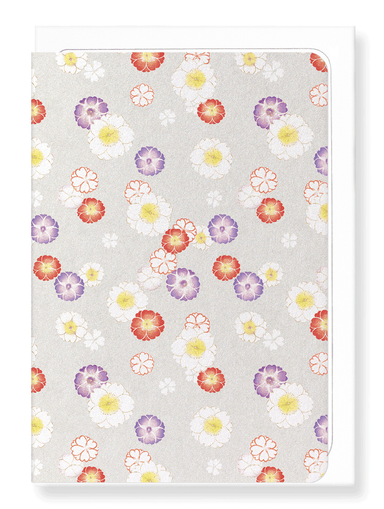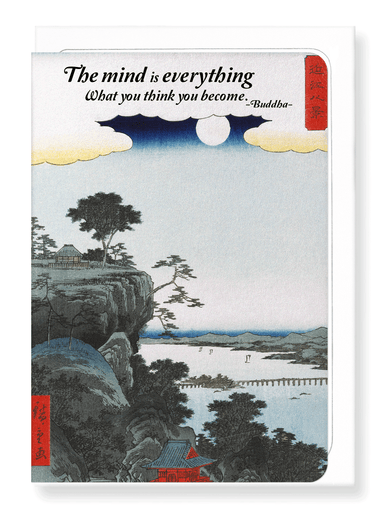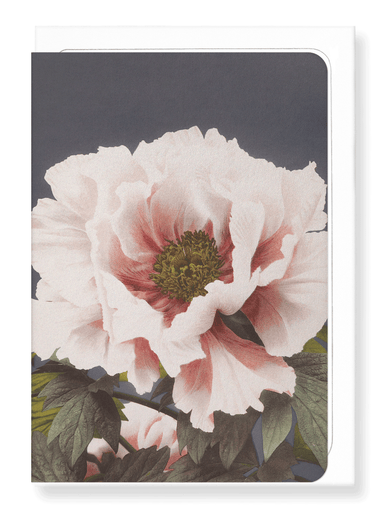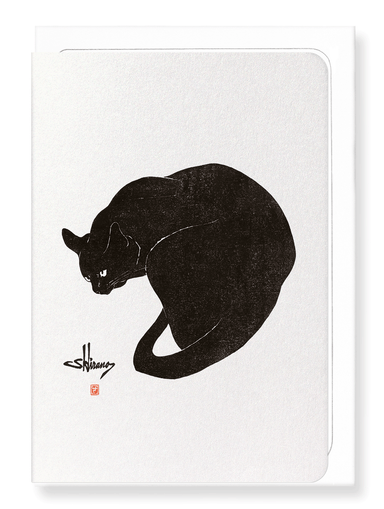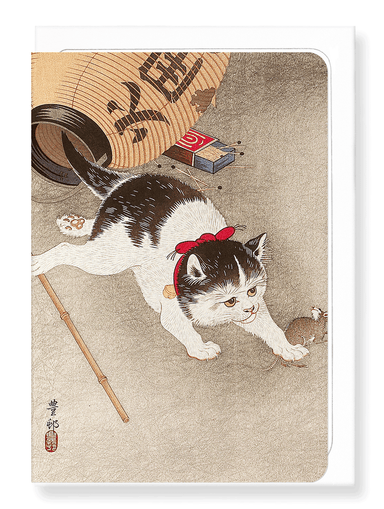Greeting card

EGRET IN THE RAIN
Text on the reverse side:The egret is appreciated as an auspicious symbol in many cultures. In China, the egret symbolises strength, purity, patien...
View full details

